Demystifying the Coffee Brewing Process: A Closer Look at the Pour Over Coffee Ratio
When it comes to crafting the perfect cup of pour over coffee, precision is key. It's not just about pouring hot water over ground coffee; it's an intricate dance between water temperature, grind size, and most importantly, the coffee-to-water ratio. For enthusiasts and newcomers alike, understanding this ratio can seem like deciphering an ancient code. But fear not! Let's dive into the heart of pour over brewing and unlock the secrets to a heavenly cup.
The Golden Ratio: Finding Your Perfect Balance
There is a golden ratio in pour over coffee that many baristas swear by: approximately 1 gram of coffee to every 16 grams of water. This starting point offers a harmonious balance for most palates, but it's just the beginning. Coffee is personal, and so is the way you brew it. Experimenting with this ratio will help you discover your ideal strength and flavor profile.
For those who prefer a stronger cup, you might lean towards a 1:15 ratio or even 1:14. On the flip side, if a lighter brew suits your taste better, aim for ratios like 1:17 or 1:18. Remember, these are not rigid rules but starting points for your journey through taste and aroma. If you're ready to experiment further, our comprehensive guide to perfecting pour over coffee is an invaluable resource.
Grind Size Matters
Achieving the perfect pour over isn't only about ratios; it all starts with the right grind size. The consistency should resemble sea salt for optimal extraction—too fine and your coffee will be over-extracted and bitter; too coarse and you'll miss out on those delightful flavors hidden within each bean. A burr grinder is your best friend here, ensuring uniformity that blade grinders simply can't match.
If you're curious about how different grind sizes affect your brew or need tips on using your grinder effectively, take a look at our guide on making good pour over coffee. And don't forget that fresh grinding moments before brewing makes all the difference in capturing those volatile aromatics that define a great cup.
The Pour Over Technique
Now that we've covered ratios and grind size let's talk technique. Pouring technique plays a crucial role in extraction—a haphazard approach can lead to uneven extraction and a subpar cup of joe. The key is consistency: a slow, steady spiral from the center outwards ensures each granule of coffee comes into contact with water evenly.
How do you pour your way to the perfect cup?
When it comes to pour over coffee, everyone has their own technique. What's yours?
A gooseneck kettle is an essential tool for achieving this precision—it gives you control over flow rate and direction like no other kettle can. To get started on mastering this skillful art form, our step-by-step guide on brewing pour over coffee provides detailed instructions and tips from seasoned baristas.
Brew Time & Temperature
Brew time and temperature are two sides of the same coin that can make or break your brew. Typically, ideal brew times range between 3-4 minutes—if it's too quick, under-extraction occurs; too long leads to bitterness from over-extraction. As for temperature, aim between 195°F to 205°F (90°C-96°C) just off boiling to coax out those intricate flavors without scalding your grounds.
Understanding these variables helps refine your brewing process even further which is why we encourage exploring our articles on pour over vs French press, or if convenience is what you're after, comparing pour over vs drip coffee.
Perfecting Your Pour Over Technique
Once you understand the basic coffee-to-water ratio, it's time to refine your technique. The pour over method is as much about the process as it is about the precise measurements. A steady hand and a controlled pour can make all the difference in extracting the full range of flavors from your coffee grounds. To help you master this, I've curated a video that breaks down the technique into simple, easy-to-follow steps.
Remember, consistency is key. You want to aim for a slow and steady spiral pour, starting from the center and moving outwards. This ensures an even saturation of the grounds, which is critical for a balanced extraction. And don't forget to pre-wet your filter to get rid of any papery taste and to pre-heat your carafe or cup. For more details on these techniques, check out our step-by-step guide to brewing pour over coffee.
Finding Your Ideal Coffee Ratio
The golden ratio for pour over coffee typically starts at about 1:16 (one part coffee to sixteen parts water). But don't let that be the end-all-be-all. Coffee is personal, and so is taste. Some like it strong and bold; others prefer it light and subtle. I encourage you to use our interactive calculator that will help you adjust your ratios based on your preferred strength.
Experimentation is part of the joy of pour over brewing. Once you've dialed in your preferred ratio with our calculator, take notes on what works best for you. You might find that different beans or roasts may call for slight adjustments in ratios or grind size. Curious about how grind size affects your brew? Our article on the secrets to making good pour over coffee dives deep into this topic.
The Impact of Water Quality on Your Brew
You've got your ratio down; now let's talk water quality. The water you use can significantly impact the taste of your coffee—after all, coffee is over 98% water! Aim for filtered or bottled water if tap water isn't up to snuff in your area. A good rule of thumb is if you wouldn't drink it straight, don't brew with it.
Tip: Water temperature matters too! Aim for 195°F - 205°F (90°C - 96°C) for optimal extraction.
To give you a clearer picture of how water quality affects flavor, I've included a chart that illustrates different elements found in water and how they can change your cup of joe.
Impact of Water Elements on Coffee Flavor Profiles
If you're interested in comparing brewing methods that are sensitive to water quality, take a look at our comparison between pour over vs drip coffee. It's fascinating how each method responds differently!
Sharing Your Coffee Journey
Brewing pour over coffee is not just about enjoying a cup; it's also about sharing experiences with fellow enthusiasts. Whether it's discussing different beans or techniques, there's always something new to learn in the world of coffee.
Which coffee bean origin do you swear by for the perfect pour over?
Coffee aficionados know that the origin of the bean can make a world of difference in flavor. Share your top pick for the ultimate pour over experience!
I'd love to hear from you! Share with us by participating in our poll above which bean origins have given you the best results in your pour over adventures. And if you're feeling confident in your knowledge about this brewing method, why not test your knowledge with our fun quiz?
In closing, mastering the art of pour over takes practice and patience but yields an incredibly rewarding experience both in flavor and craftsmanship. Keep experimenting with ratios and techniques—and most importantly, enjoy every sip along this aromatic journey!
Pour Over Essentials
- Gooseneck Kettle - Precision is key in pour over brewing, and a gooseneck kettle offers the control needed to ensure a steady, even pour.
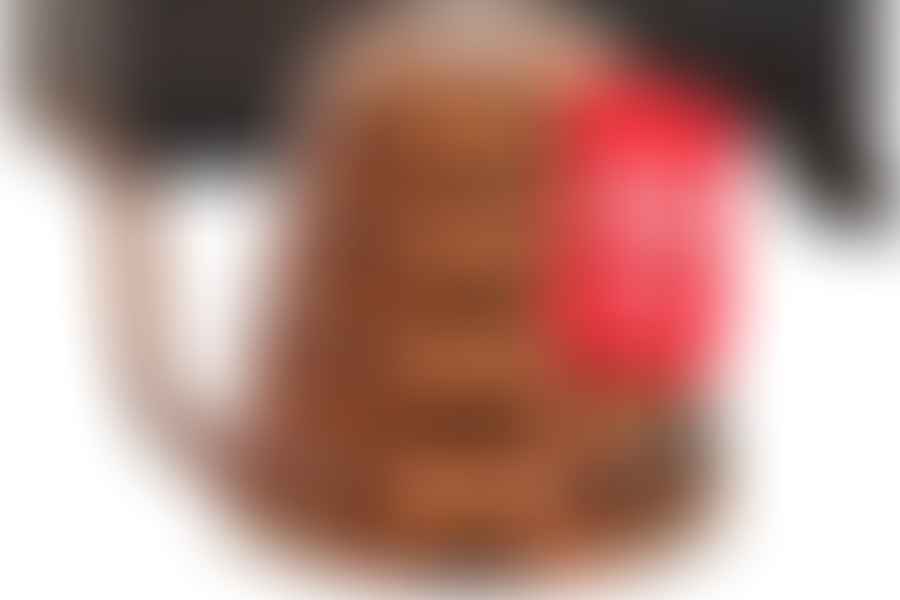
- High-Quality Grinder - A burr grinder is preferred to achieve a consistent grind size, which is vital for a balanced extraction.
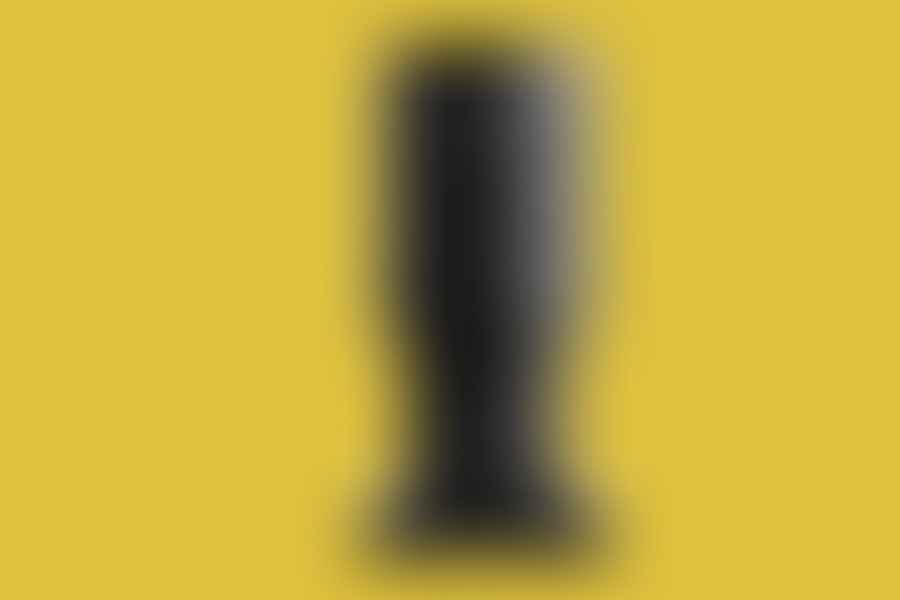
- Pour Over Cone - The vessel where the magic happens. Choose from materials like ceramic, glass, or metal for thermal consistency and taste preference.

- Filter Papers - Essential for a clean cup. They trap the coffee grounds while letting the coffee's oils and flavors pass through.
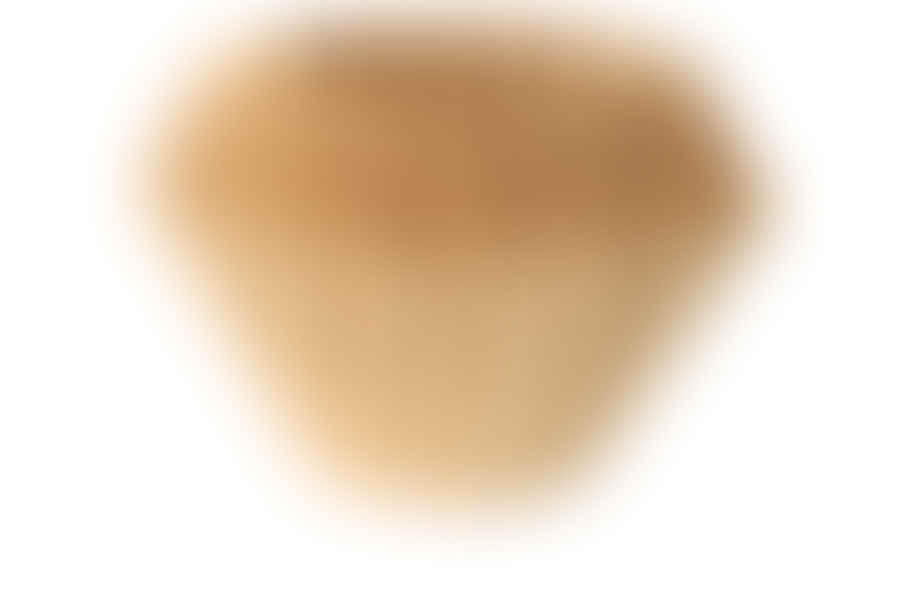
- Scale with Timer - For precision brewing, a scale helps measure the coffee-to-water ratio, and a timer ensures the right brew time.
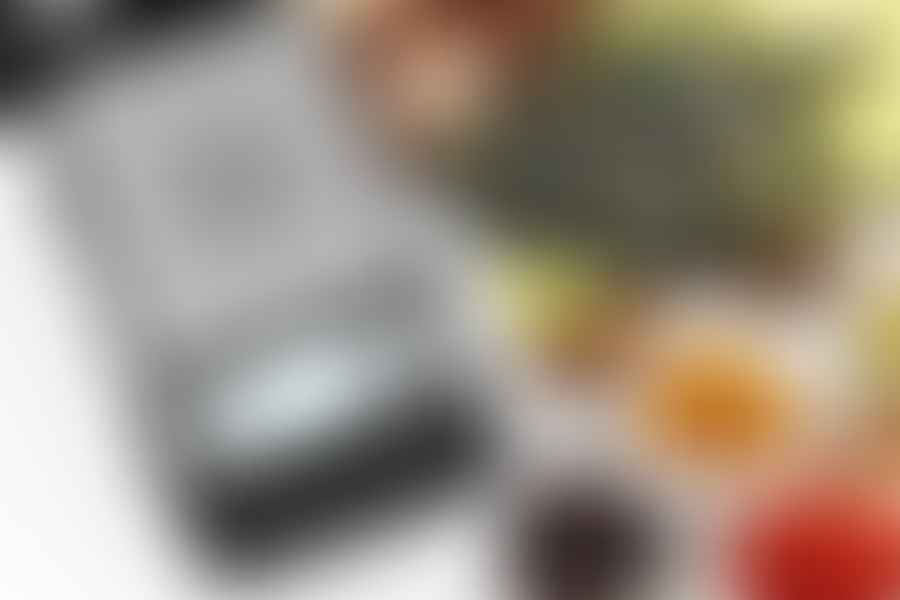
- Fresh Coffee Beans - The foundation of any great coffee. Opt for high-quality, freshly roasted beans to extract the best flavors.
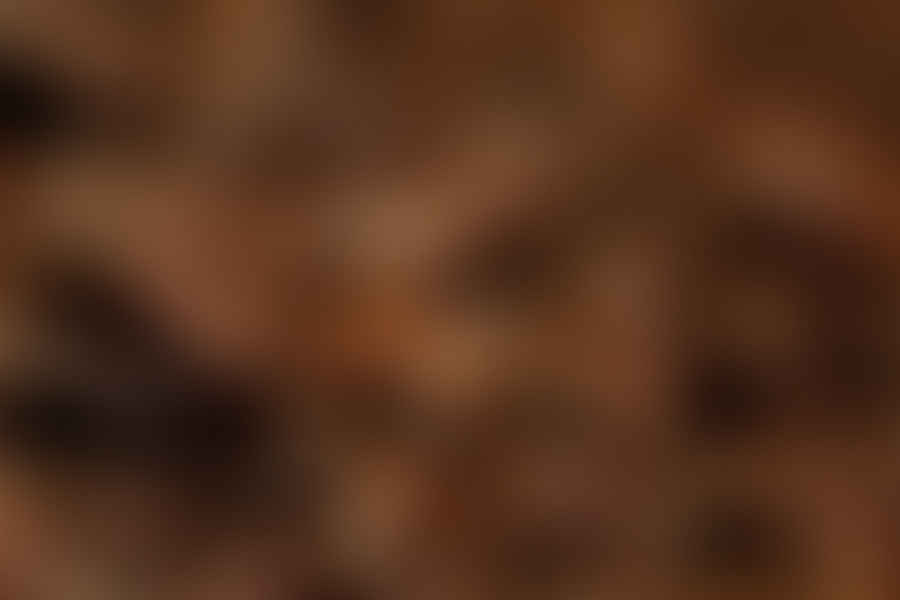
- Carafe or Mug - A heat-resistant carafe or mug to capture the brewed coffee. Glass or ceramic are popular choices for maintaining temperature and purity of taste.

- Stirring Tool - A bamboo paddle or spoon to stir the coffee grounds, ensuring even saturation and a uniform extraction.
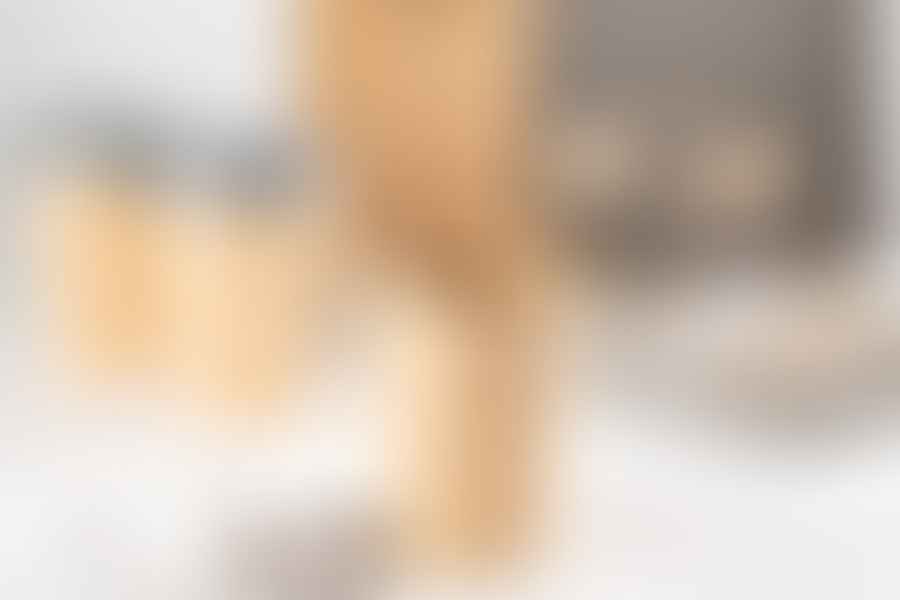
- Cleaning Brush - Keep your equipment in top condition with a brush designed to clean grinders and other coffee gear.
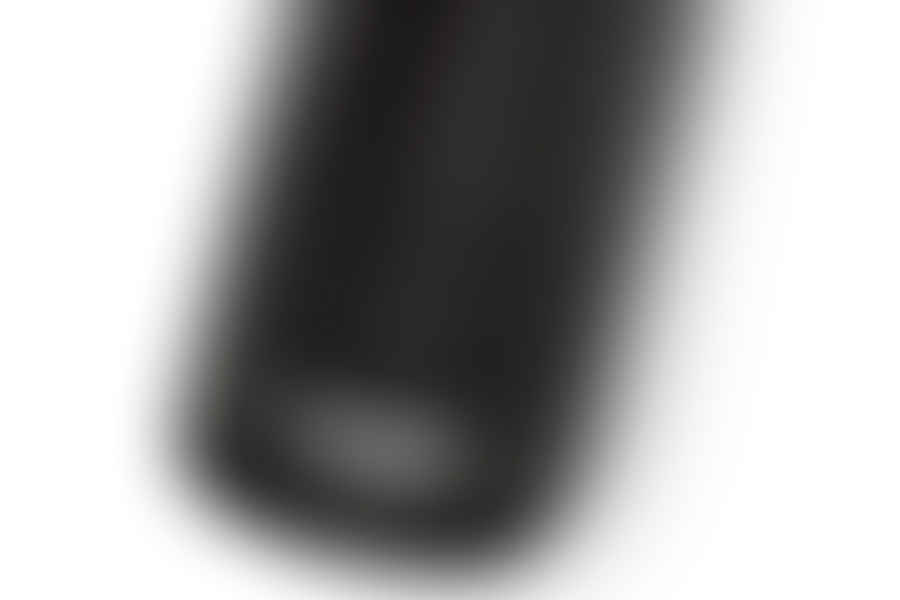
- Thermometer - For those who seek perfection, a thermometer can help hit the exact water temperature needed for your specific coffee bean and roast level.
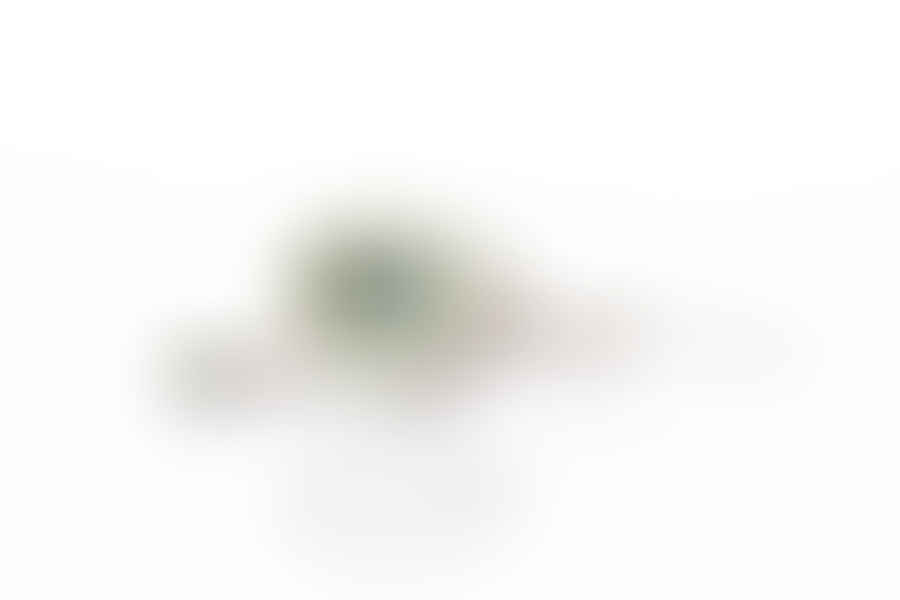
If you're just starting out or looking to upgrade your equipment, be sure to check out our reviews like Bodum Pour Over Coffee Maker review, where we provide detailed insights into some of the best gear available.
Your passion for crafting that perfect cup is what makes this journey so special. Whether at home or sharing with friends, every brew tells its own story—a story woven from beans around the world into a tapestry rich with aroma and flavor.
And remember, there's always more to learn about this beloved beverage—from its history and culture to its complex chemistry—so keep exploring with us here at Real Coffee Club!




















